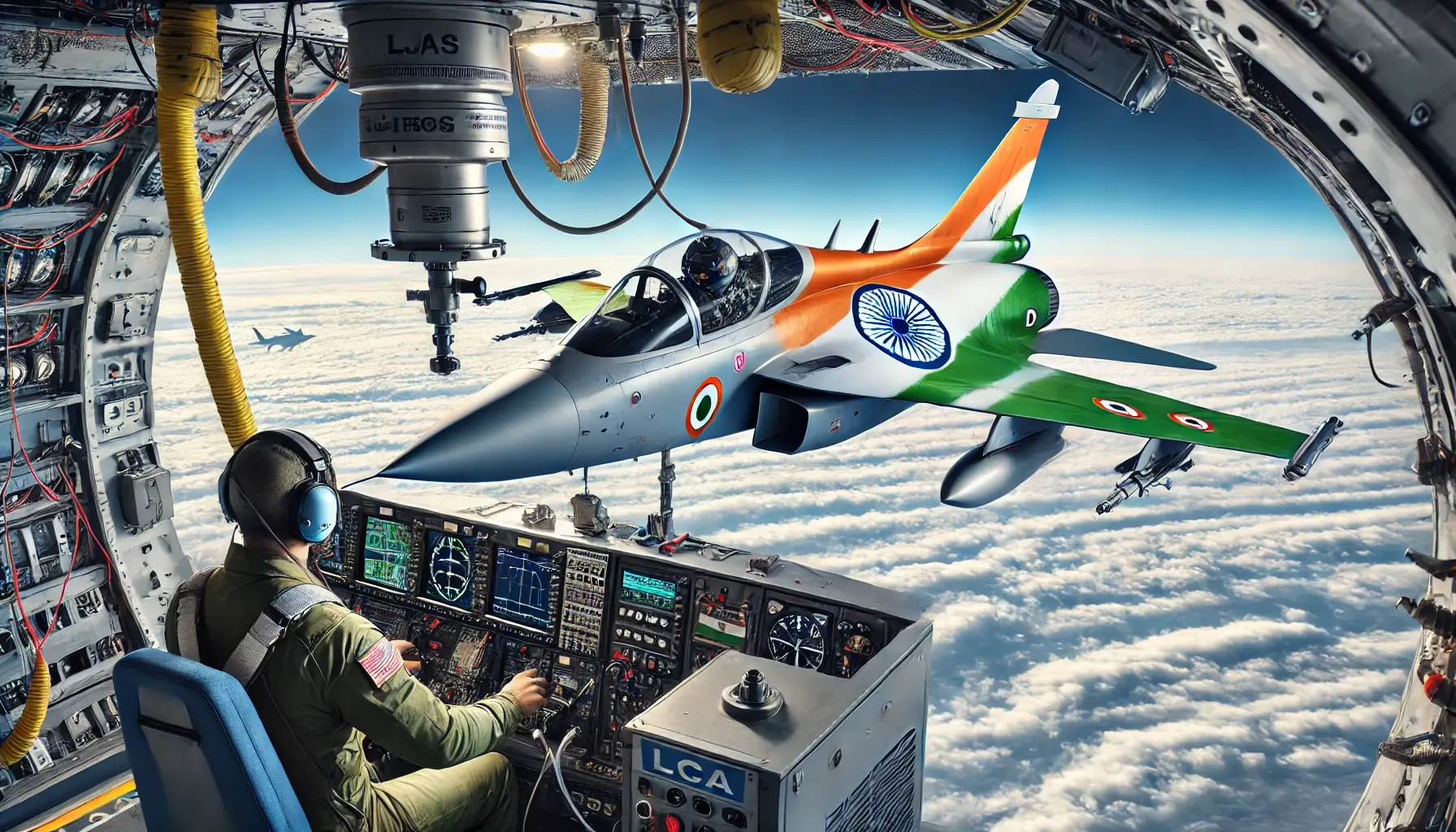
The ILSS, developed using cutting-edge OBOGS technology, is designed to generate and regulate breathable oxygen for pilots during flight, eliminating dependence on traditional liquid oxygen cylinder-based systems. The system underwent rigorous testing on the LCA-Prototype Vehicle-3 aircraft of Hindustan Aeronautics Limited (HAL) and the Aeronautical Development Agency (ADA), successfully meeting stringent flight conditions, including altitudes up to 50,000 feet Above Mean Sea Level and high-G maneuvers.
Performance evaluations included critical aspects such as oxygen concentration, demand breathing, the availability of 100% oxygen, and its efficiency during aerobatic maneuvers. The system was tested in multiple flight scenarios, including taxiing, take-off, cruising, G-turns, and rejoining approach & landing. Following successful evaluations and clearance from the Centre for Military Airworthiness & Certification (CEMILAC), the ILSS met all specified aeromedical and technical parameters.
Beyond OBOGS, the ILSS integrates several advanced Line Replaceable Units (LRUs), such as the Low-Pressure Breathing Regulator, an Emergency Oxygen System, Oxygen Sensors, and an Anti-G valve, ensuring real-time oxygen generation. These innovations enhance pilot endurance, operational effectiveness, and overall flight safety.
Manufactured by L&T as a Development cum Production Partner, this achievement reflects a strong collaboration between DRDO and the Indian defence industry. The ILSS boasts 90% indigenous content, reinforcing India's self-reliance in aerospace technology. Future modifications could allow the system to be adapted for use in MiG-29K and other aircraft. The milestone was made possible through the collaborative efforts of DEBEL, ADA, HAL, CEMILAC, the National Flight Test Center, the Directorate General of Aeronautical Quality Assurance, and the Indian Air Force (IAF).
Defence Minister Shri Rajnath Singh lauded DRDO, the IAF, Public Sector Undertakings, and industry partners for this remarkable technological breakthrough, highlighting its alignment with the 'Viksit Bharat 2047' vision. Similarly, DRDO Chairman Dr. Samir V Kamat commended the collaborative efforts that contributed to the successful high-altitude trials.
Disclaimer: The information provided in this article is based on official statements and reports from government agencies, including the Defence Research and Development Organisation (DRDO) and affiliated institutions. While every effort has been made to ensure accuracy, readers are advised to refer to official sources for further details and updates. The article does not reflect any classified or confidential information related to national security or military operations




